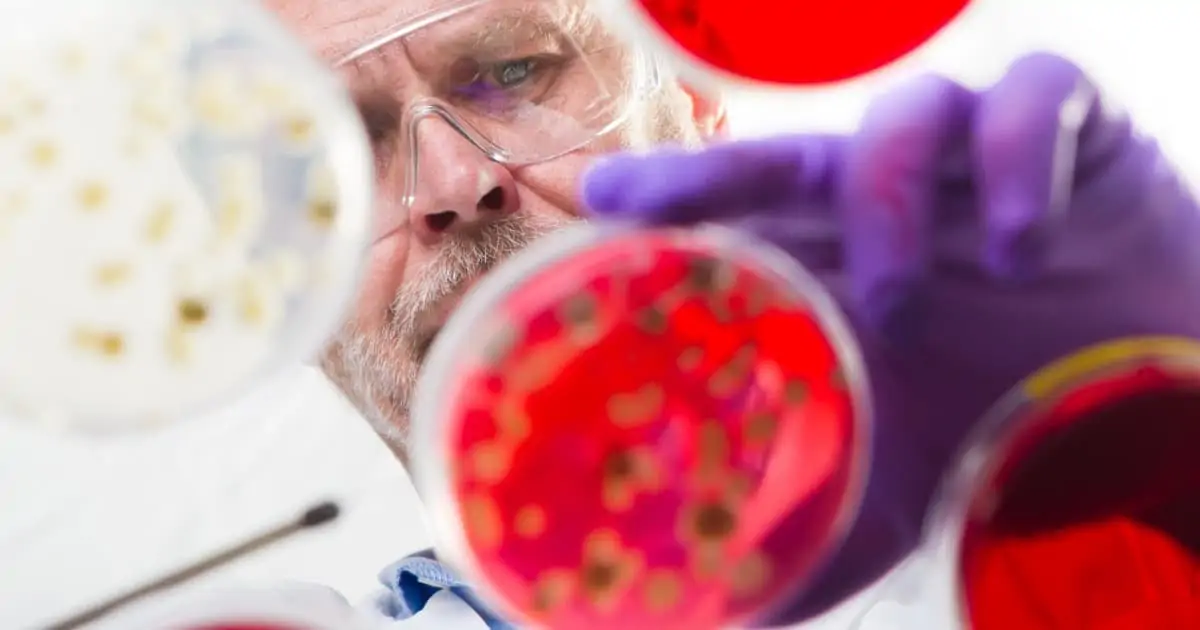Assessing bioburden is a critical process monitoring step in the manufacturing of sterile medical devices.
A product’s natural bioburden is an estimation of the microbiological contamination level of the device and is usually measured once manufacturing has been complete, but, prior to the sterilization process.
Failure to accurately assess bioburden could result in inadequate processing controls and data supporting the sterile claim of your product, which can ultimately lead to audit deficiencies and even product recall. Product recalls often result in lost revenue for your company.
The level of microbial contamination on a product is a reflection of the environment in which the product is produced, the equipment used during manufacturing and the raw materials or components used, including packaging. Control over manufacturing processes, equipment and raw materials is expected to result in a consistent bioburden level which ultimately, ensures the continuing effectiveness of the sterilization method chosen.
Continue reading to:
- Learn how bioburden testing impacts your business
- Understand how environmental factors influence microbial levels
- Gain insight into the relationship between bioburden testing and sterilization
What is Bioburden Testing?
Bioburden testing is a repeatable process undertaken to determine the population of viable microorganisms on a medical device.
The test results are provided in colony forming units or CFU. It is important to understand that bioburden testing results in an estimation rather than an absolute quantification due to the inherent variability of living organisms in a test sample and test methods used. Therefore, bioburden data is usually represented as corrected or adjusted data.
A bioburden test in which no microbial colonies are recovered will not be reported as “zero CFU”, rather the results will be reported as a “less than” statement. This is the limit of detection for the bioburden test method. The techniques for enumeration of microorganisms are outlined in ISO 11737-1:2018, Sterilization of health care products – Microbiological methods, Part 1.
ISO 11737-1:2018 specifies the requirements to be met for the determination of bioburden of a medical device. The annexes included with this standard provide additional explanations and examples for how to use the test methods deemed suitable to conform with these requirements.
Bioburden testing methodology depends on the type and size of medical device, the material it is composed of and any particularly challenging features to microbial recovery methods, such as adhesives or material absorbency. ISO does not define a single method for determining bioburden due to the wide variety of designs and materials used for medical devices; selection of the most appropriate method is left to the manufacturer to determine. This is because the manufacturer should have the greatest understanding of the medical device properties and use.
As bioburden is the sum of the contributions from a variety of external sources, from raw materials and assembly processes to the manufacturing environment and packaging of finished products, this can have far-reaching implications for your business.
Failure to accurately assess bioburden could result in inadequate processing controls and data supporting the sterile claim of your product, which can ultimately lead to audit deficiencies and even product recall. Product recalls often result in lost revenue for your company.
Engaging an experienced microbiologist in the early stages of product development can help guide you through the complexities of controlling microbiological contamination and how to use your monitoring data to keep ahead of potential problems.
Controlling for Environmental Factors
To effectively control bioburden, medical device manufacturers should pay attention to the microbiological status of the following environmental factors that may be potential sources of contamination:
- Changes to your cleanroom design and/or processes
- Changes to raw material components or suppliers
- Concurrent or ongoing manufacturing activities
- Employee training and compliance
- Health of employees handling the device during production
- Seasonal changes over time
These environmental factors, as well as the previously noted contributing factors, should be monitored and recorded during the manufacture of sterile medical devices. Should an adverse trend be seen in bioburden monitoring, these are areas that can be investigated for their potential bioburden impact.
Bioburden vs Sterility Testing
In a nutshell, bioburden and sterility testing are separate but connected.
Bioburden testing assesses the amount of microbial contamination in its pre-sterilization state. The purpose of which is in the spirit of the International Standards to minimize microbial contamination before sterilization. Individuals who work at a medical device start-up or are otherwise new to the industry should familiarize themselves with the scope as well as the terms and definitions of ISO 11737-1:2018.
In comparison, sterility testing provides confirmation that a sterile device is free from viable microorganisms after the sterilization process. Sterility testing is required to confirm that a device is sterile. The second part of the ISO 11737 series addresses tests of sterility: ISO 11737-2:2019, Sterilization of health care products — Microbiological methods — Part 2:Tests of sterility performed in the definition, validation and maintenance of a sterilization process.
Unparalleled Medical Device Microbiology Expertise
Understanding the impact of bioburden doesn’t end here. Medical device implants must also be monitored for bacterial endotoxins. Learn more about the latest updates to ST72:2019 and how to get your sterile medical device to market with ease.
With veteran microbiologists on-staff, QA Consulting is uniquely qualified to help your organization select the appropriate bioburden test for your medical device(s) and be your liaison with the lab to meet your business objectives.
Want to learn more? Contact us today.






